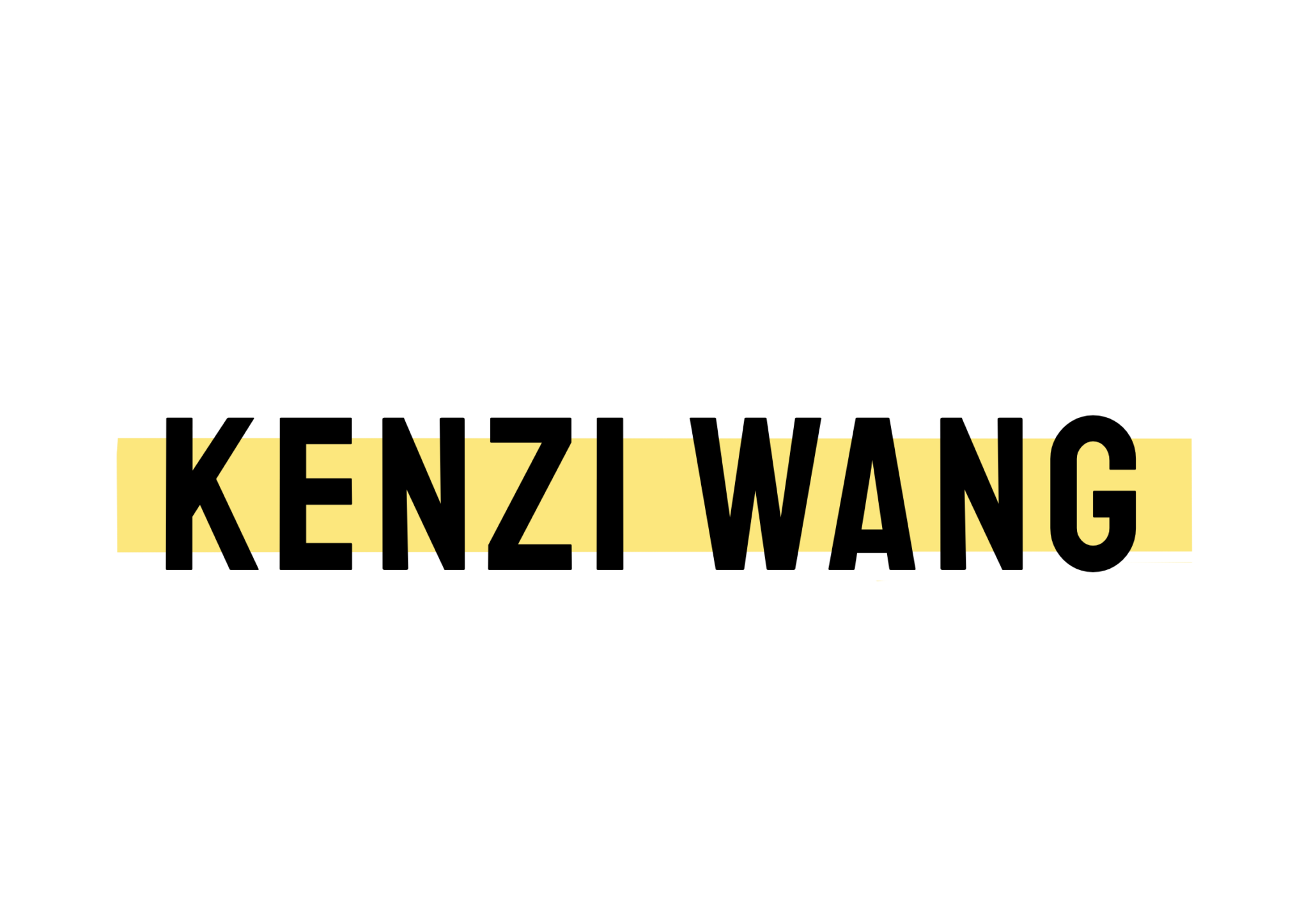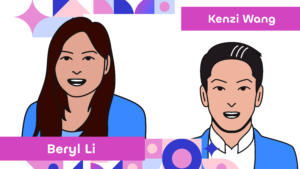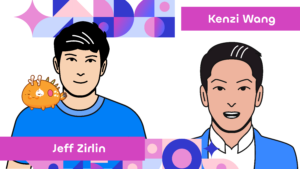Beryl Li, the co-founder of Yield Guild Games (YGG), was inspired by Web3’s potential to unite communities and promote equality. She believes in a world where online achievements of a person matter more than their gender or geographical region. YGG is a decentralized network of gaming guilds focused on blockchain games and Web3 education.
Last year, she appeared on the Beacon Podcast (Web3 Unlocked) and shared how she got into Web3, how YGG came about, its impact in the Philippines, and the future of the Play-to-Earn ecosystem.
Beryl’s journey into Web3
Beryl has been in the crypto industry for a decade now. By late 2013, she had been introduced to Bitcoin by some friends, and it served as the gateway to her interest in the blockchain infrastructure for transferring funds. In 2014, she co-founded Coins.ph, one of the earliest digital asset exchanges in the Philippines, where remittances from foreign workers account for 10% of the GDP. GoJek later acquired the company. Eventually, Beryl realized, “It’s not only about Bitcoin; it’s actually about the blockchain and the ability to write smart contracts on top of it, code to enforce rules.”
This is where Beryl saw an opportunity to tokenize assets. In 2016, she co-founded CapchainX, the first platform in the world to create, manage, and trade equity-backed tokens on the Ethereum blockchain. Around the time the pandemic started, Beryl got together with Gabby Dizon, a gaming veteran, to figure out how gaming and blockchain finance could fit. Thus, Yield Guild Games (YGG) was established, a play-to-earn gaming guild and DAO that provides gamers worldwide an opportunity to access the NFT game assets needed to start playing blockchain games and earn crypto-based rewards.
“It coincidentally happened that we were building on Web3, which wasn’t called Web3 at that time. So we ended up buying all these non-fungible assets or gaming assets that are built on the blockchain, which are digital assets. Then we started lending them out to our communities from the Philippines, and that eventually expanded to other emerging markets.”
The growth of YGG
When YGG first started, it acquired 200 Axies and just 10-20 members in the Discord channel. Today, it boasts over 100,000 Axies and 1000 Discord members. Before it knew it, it lent assets worth tens of thousands of dollars.
“Then, we started market expansion with what we call sub-DAOs. We started lending some of these assets to the sub-DAOs so that someone else could lend them again to their local communities in Latin America, India, and the rest of Southeast Asia.” Now, they have over 90 investments in total and have decided to formalize an investment vehicle called YGG Ventures to invest on behalf of the company’s treasury and open it up to LPs.
As a decentralized network of gaming guilds focused on blockchain games and Web3 education, YGG is committed to providing opportunities for its members to succeed in the open Metaverse. The guild empowers its community to build its Metaverse résumé through initiatives such as Web3 Metaversity, the achievement-driven community token distribution protocol, and the Guild Advancement Program (GAP). YGG is also focused on supporting the burgeoning competitive Web3 esports scene. It has its team of elite players, called YGG Elite, who have been competing and winning in various Web3 game tournaments worldwide.
YGG and Play-to-earn
Discussing the success of Play-to-Earn in the crypto community is challenging without mentioning the Philippines. During the pandemic, many turned to online gaming because people found themselves homebound and without jobs due to the months-long lockdown. “When players battle in a game, they’re able to earn in-game rewards that they can convert into real-world cash,” says Beryl as she explains how YGG grew organically without much marketing.
As NFTs were expensive, people spread the word about YGG as a lending platform offering scholarships. The company locks the accounts so players can’t abscond with the assets. YGG then takes 10% of the rewards. The team also noticed an emergence of various roles and that the community was making its economy. For instance, one of the roles was that of a manager who would help players increase their success rates. “That brought in various kinds of revenue that did not just rely on the tokens within the game. It became fascinating as a use case for GameFi.”
Beryl mentions that the first generation of GameFi failed to include the speculative nature and volatility of crypto assets as a factor. “I think the next generation of GameFi would have to improve that kind of token economics made for it to be sustainable. But I’d say that this is the first cycle, and there are going to be many more cycles in GameFi itself.”
Obstacles in the early days of YGG
Beryl attributes the early growth in the popularity of YGG to Axie. Because Axie was built for a small user base, it was not ready for a massive influx of users. That was the first challenge that YGG faced: automating YGG scholarships and matching assets with users. The other big challenge that came up was the speculative nature of crypto and the people who were not used to the ups and downs of the crypto market and were surprised with how much it fluctuated. YGG also looked into diversifying so that they could get the right games for the right community onto their platform. Beryl says it was challenging to make these kinds of big decisions, to not just focus on Axie but also on other games.
On the role of YGG in Web3
Guilds are currently connected to play-to-earn, but the concept is evolving to include play and earn, free to play, and other variations. YGG sees itself as a network of communities worldwide, united to play together and make the gaming environment more fun. YGG aims to create an arcade-like experience where players can easily jump from one game to another.
Beryl mentions that YGG is also about building products to create an arcade environment. YGG has also built an eSports arm, which would help with tournaments. They also have YGG Ventures, which will invest on behalf of YGG and its limited partners. YGG is also building a reputation system–which will allow users to leverage their online experience to get non-collateralized loans–and the quest system, which will help games achieve more interactions with players.
Qualities of Successful Web 3 Founders and VC Perspective
“What actually makes people building in Web3 unique is that they’re not scared of failure. They just build, they’re just builders.” In addition to bravery, Beryl attributes creativity to be a differentiating characteristic among Web3 founders.
Beryl’s role in the founding of YGG was very much on the structuring side and handling the finance side. She would handle fundraising with tokens and writing YGG’s first whitepaper.
“Then I started seeing an opportunity that’s also finance-related, which is setting up and legally acquiring more assets and investments.” She took the opportunity to formalize an investment vehicle: “I like tackling problems when I see them, and I don’t like staying in one problem for the longest time. I like to change.” This was why YGG’s investment side of things was launched as a separate arm. YGG Ventures is currently looking into focusing its funding on Web3 games. Beryl speculates it would be 80% in games and 20% in Web3 gaming infrastructure. They are seeing more opportunities in equity. They would consider investing in tokens if they represent some sort of capital structure of the activity. YGG Ventures will not be investing in NFTs; this will remain an operation for YGG’s main arm. “We’re very much focused on games that are good to play, good to watch, and could potentially have an eSports component,” Beryl says it’s important for YGG to test out games very early and see how the communities interact with the game.
As for investments, YGG will double down on the games that the community likes. YGG is interested in partnering with games that already have a game ready that can be tested with the existing community. She believes that YGG would be able to accommodate more and more games in Web3, primarily through the questing system which would help automate pushing the games through to the community.
Success stories from the YGG ecosystem
The YGG ecosystem allows games that have already launched to be tested in the existing community. The quest system automates the process of pushing games to the community, allowing for more games to be accommodated. Success stories include individuals who build relationships with like-minded people and creating subcommunities. Participants in the YGG ecosystem can make money through tokens, being brokers, or becoming influencers. Liquidity of gaming assets allows participants to convert them into fiat currency for everyday needs. Participants can earn above the minimum wage, providing economic opportunities for those without jobs in the real world.
A short documentary on the P2E success in the Philippines during the pandemic, Play-to-Earn: NFT Gaming in the Philippines talks about the story of a community in Nueva Ecija, a rural province in Manila where players had monthly earnings of up to USD $400 during the COVID-19 pandemic. “If the game is good, there is liquidity. If the game is not good, there’s no liquidity. If there’s liquidity, it’s good because people can convert it into fiat and be able to buy food and milk for their kids.” According to Beryl, it boils down to three benefits: community, economic opportunity, and liquidity of gaming assets.
Challenges of managing a large community
One of the primary things YGG did to help manage a large community worldwide is launch sub-DAOs. The decision was made to restrict YGG’s core team to 25 members and regional expansion would be done through a franchising model. These sub-DAOs handle the lending ecosystem and building community aspects locally within their regions. Another factor that helped was the manager role among the player community. This added another layer that would handle the players, teach them to cash out, and how to increase their rankings. The managers would interact with the YGG leads in the Discord channel on community operations.
“It’s building those layers and being able to have strong relationships from the ground up, top-down approach as well as communicating properly.”
YGG also relied heavily on Discord to communicate with its community. They utilized technology to organize this. Beryl also notes that there are numerous opportunities to build the Web3 community. “There are a lot of opportunities that could be native to Web3. Many of these platforms are Web2 platforms that want to go to Web3, but there has been a drawback from the community, like a clash. They don’t want to risk losing their current user base or face criticism just because they [want to be] on Web3.” Beryl believes there are a lot of tools needed for every aspect, including wallets since keeping keys is difficult for those not using Web3.
The future of P2E
Beryl suggests that the system can no longer be termed Play-to-Earn anymore as there are already different models and these will change. She says the idea of an open Metaverse that would provide opportunities (economic, social, and more) to the community is exciting. “It’s human nature to play games.” As more people spend more of their day playing games and being online, Beryl says there will be more opportunities in the digital world. She believes Gen Z will adapt more easily to Web3 because they’re tech-savvy.



